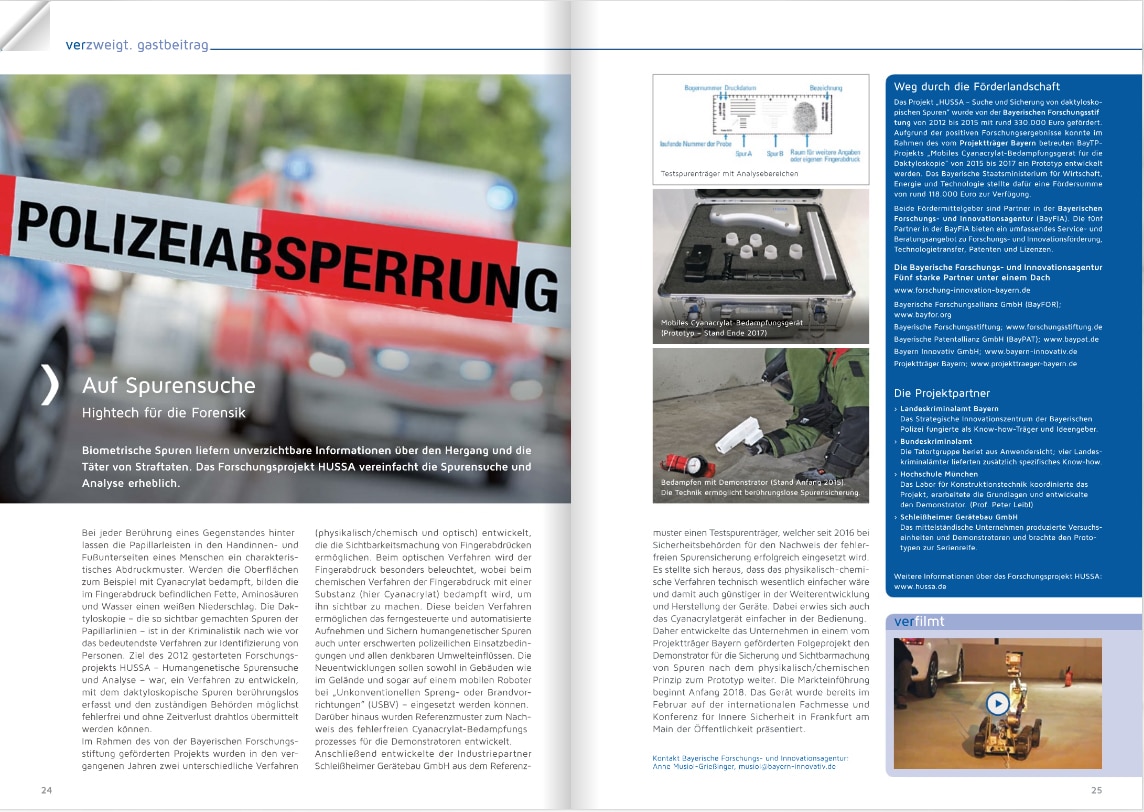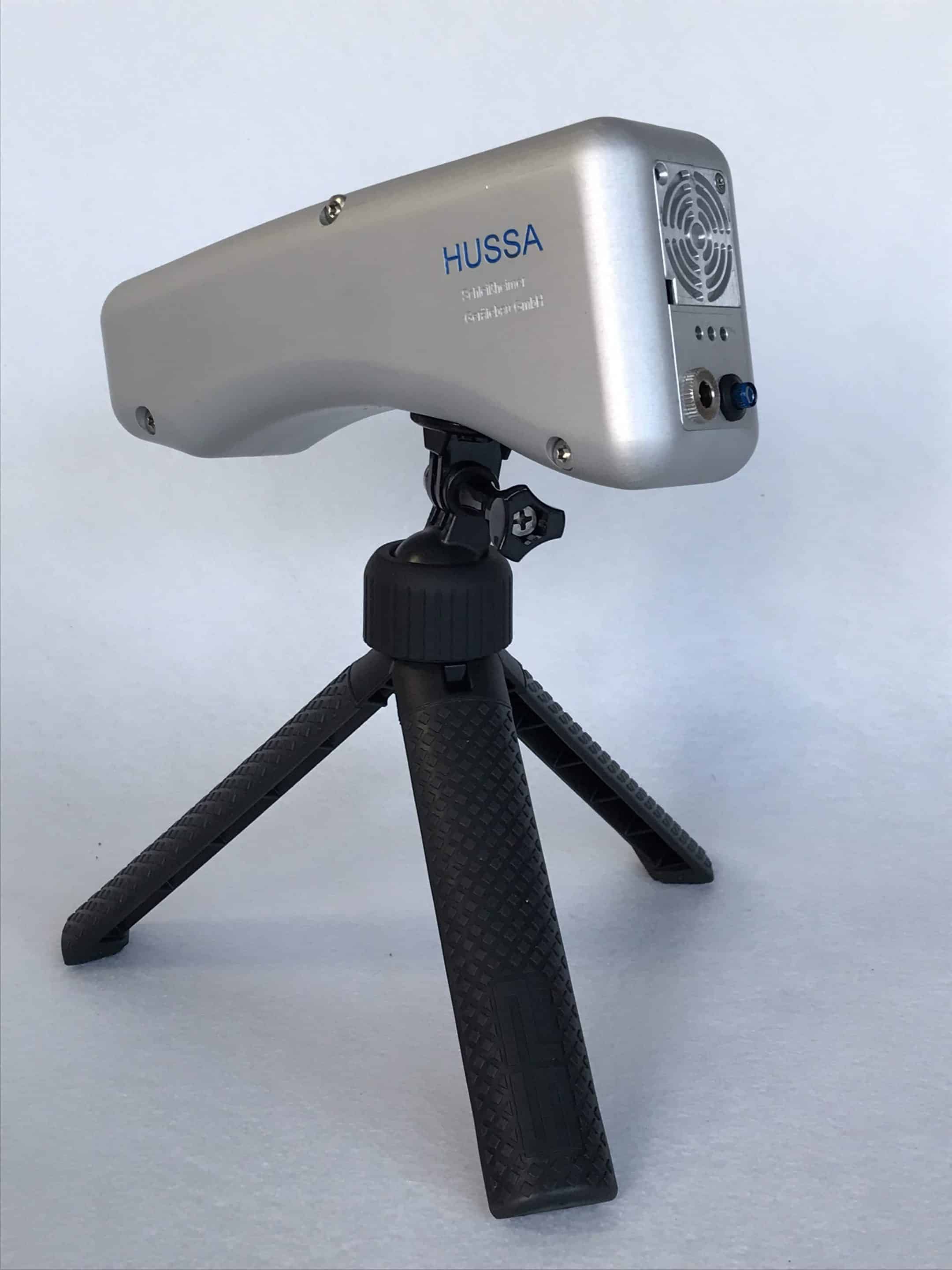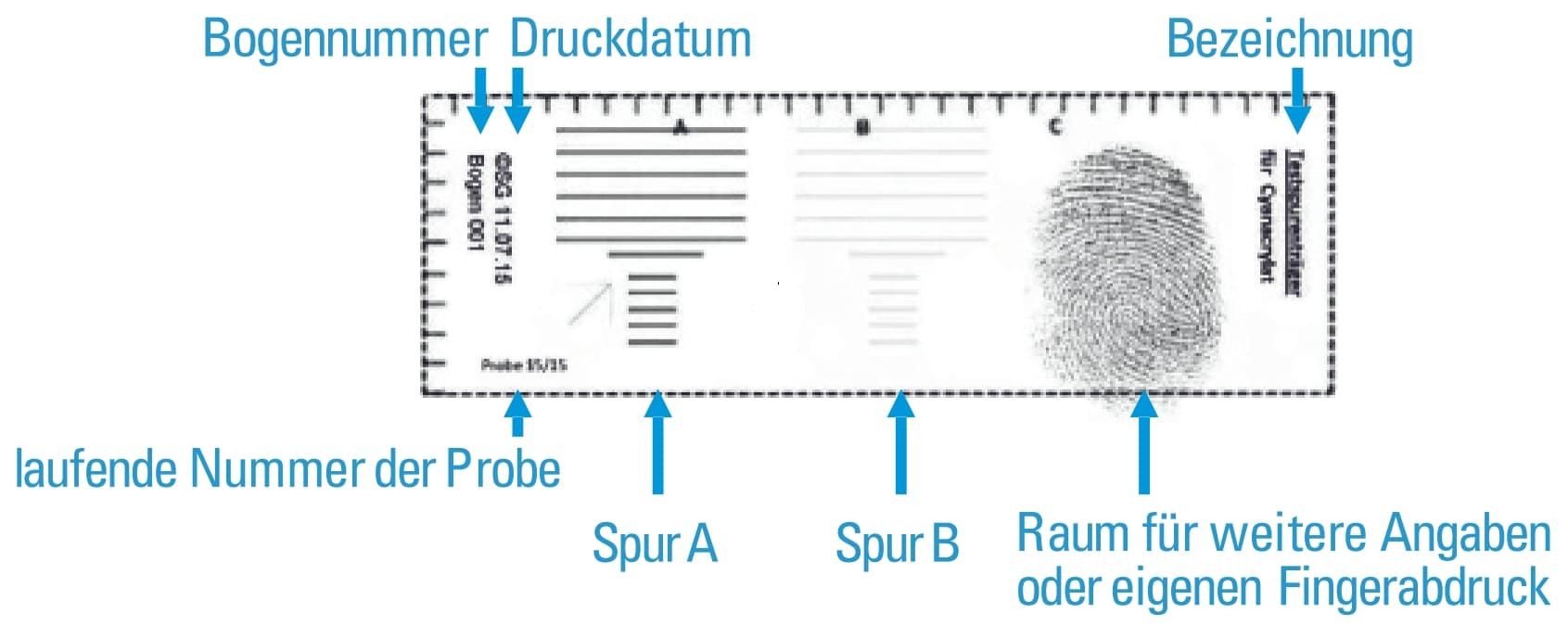
HUSSA
High-tech for forensics
Innovation is also an important issue in the field of forensics. Especially nowadays, traces at the crime scene, which can provide possible clues for investigation, must be available quickly and without errors. In order to realize this, a team of experts from business, science and security authorities was formed and was supported by two sponsors in the HUSSA research project (human genetic trace search and analysis).
Efficient collection and transmission of traces
The aim was to develop a solution that would make contactless latent imprints visible even under difficult police conditions and all conceivable environmental influences. After the track has been optically recorded, the characteristic should be transmitted wirelessly to the responsible authority so that the evaluation can be carried out within a very short time.
Two different methods (physical/chemical and optical) were developed in the HUSSA project, which ensure that dactyloscopic traces are found and secured by remote control and automatically.
The expert team
In order to achieve this ambitious research goal, an interdisciplinary team of experts was required. This consisted of the Munich University of Applied Sciences, with the laboratory for construction technology, which Prof. Dr. Peter Leibl directs. The company Schleißheimer Gerätebau GmbH was present as a corporate partner, which produced the necessary components and assemblies for test setups and was in charge of the further development of the demonstrators up to the series products. The Federal Criminal Police Office and the Bavarian State Criminal Police Office supported the core team as potential users of the research results and as evaluating bodies of the concepts. Depending on the task, up to four other State Criminal Police Offices were actively involved, as well as other partners, such as dermatologists.
Proof of error-free securing of evidence
Schleißheimer then developed the test trace carrier from the reference pattern, which is used to secure the cyanoacrylate vaporization process of evidence objects for securing evidence. With the test track carrier, it is possible to prove whether the vapor deposition process was carried out without errors. This test trace carrier has been used by security authorities since 2016.
Course for success: Getting started – from research to serial production
In the years 2012 to 2015, the research project “HUSSA – Search and securing of dactyloscopic traces” was funded by the Bavarian Research Foundation with around 330,000 euros.
Due to the positive research results, a prototype based on the physical/chemical principle was developed from 2015 to 2017 as part of the BayTP project “Mobile cyanoacrylate vaporization device for dactyloscopy” supervised by the project sponsor Bavaria. The Bavarian State Ministry for Economics, Energy and Technology provided funding of around 118,000 euros.
This prototype was then brought to series maturity by the corporate partner. At the beginning of 2018, the demonstrator will come onto the market, which was presented in February 2018 at the trade fair and conference for internal security in Frankfurt am Main.
Further information on the HUSSA research project and the products for securing evidence can be found at www.hussa.de or in the Bayern Innovativ customer journal in issue 01/2018.





